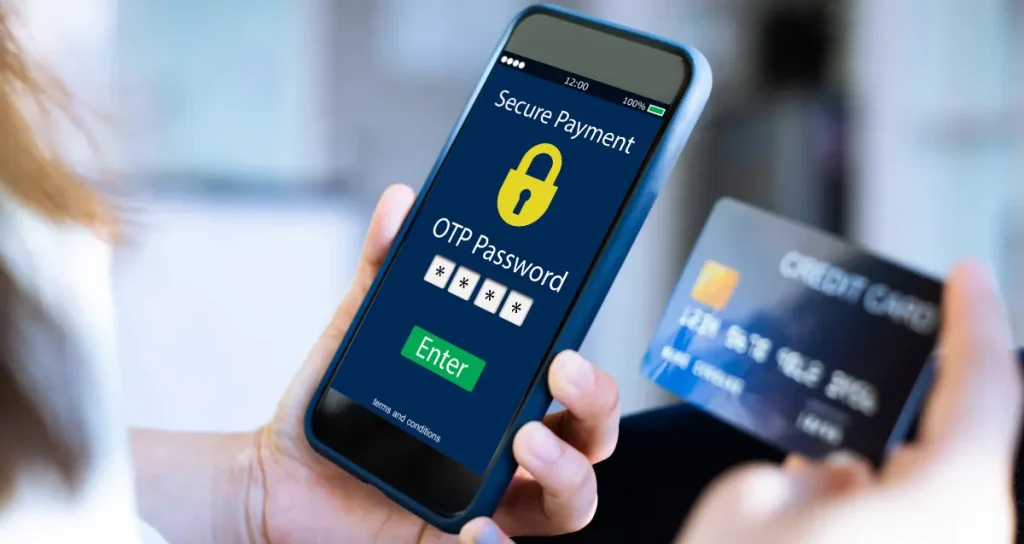
In the era of digital transactions, payment gateways have become the backbone of online commerce. They facilitate the transfer of funds between customers and businesses, making them a critical component of e-commerce. With the rise of digital wallets and cryptocurrencies, effective cybersecurity measures are essential to protect these platforms from fraud and cyberattacks. Particularly in the context of crypto asset management, ensuring the security of payment gateways is crucial for maintaining trust and safeguarding assets.
The Importance of Cybersecurity in Payment Gateways
Payment gateways handle sensitive financial information, including credit card details, personal identification, and digital wallet credentials. As cybercriminals become increasingly sophisticated, the risk of data breaches and fraudulent transactions rises. A successful attack can lead to substantial financial losses and damage a company’s reputation. Therefore, implementing robust cybersecurity measures is vital for businesses that utilize payment gateways, especially those dealing with digital wallets and cryptocurrencies.
Common Threats to Payment Gateways
- Phishing Attacks Phishing remains one of the most prevalent threats facing payment gateways. Cybercriminals often use deceptive emails or websites to trick users into revealing their login credentials or financial information. These attacks can target both consumers and businesses, compromising digital wallets and leading to unauthorized transactions.
- Malware Malware can infiltrate payment systems and compromise sensitive information. For example, keyloggers can capture keystrokes, while ransomware can encrypt data, rendering it inaccessible until a ransom is paid. Payment gateways must employ robust anti-malware solutions to detect and mitigate these threats.
- Account Takeover Account takeover is a serious concern for digital wallets. Cybercriminals may use stolen credentials or brute-force attacks to gain access to users’ accounts, allowing them to manipulate or drain funds. This type of fraud is particularly concerning in the context of crypto asset management, where the irreversible nature of cryptocurrency transactions means that once funds are transferred, they cannot be retrieved.
- Man-in-the-Middle (MITM) Attacks In a MITM attack, cybercriminals intercept communications between a user and a payment gateway. This allows them to eavesdrop, manipulate transactions, or redirect payments to their accounts. Implementing secure communication protocols such as HTTPS and using encryption can help protect against these attacks.

Best Practices for Cybersecurity in Payment Gateways
To safeguard digital wallets and enhance crypto asset management, businesses should adopt several best practices:
- Implement Strong Authentication Mechanisms Strong authentication methods, such as multi-factor authentication (MFA), add an extra layer of security to payment gateways. By requiring additional verification steps—such as one-time codes sent to a user’s mobile device—businesses can reduce the risk of unauthorized access to digital wallets.
- Regular Security Audits Conducting regular security audits helps identify vulnerabilities within the payment gateway. This includes assessing the security of the underlying infrastructure, application software, and network connections. By addressing potential weaknesses, businesses can fortify their defenses against cyber threats.
- Encryption of Sensitive Data Encrypting sensitive data both in transit and at rest is crucial for protecting payment information. This ensures that even if data is intercepted, it remains unreadable to unauthorized individuals. Payment gateways should utilize strong encryption standards to safeguard digital wallets and user information.
- Real-Time Fraud Detection Systems Implementing real-time fraud detection systems can help identify suspicious activities as they occur. These systems utilize machine learning algorithms to analyze transaction patterns and flag anomalies for further investigation. For companies involved in crypto asset management, this proactive approach is essential for preventing losses due to fraud.
- User Education Educating users about potential threats is vital for enhancing security. Businesses should provide guidance on recognizing phishing attempts, creating strong passwords, and safeguarding their digital wallets. By empowering users with knowledge, businesses can reduce the likelihood of successful attacks.
The Role of Regulatory Compliance
Compliance with industry regulations and standards, such as the Payment Card Industry Data Security Standard (PCI DSS), is essential for securing payment gateways. These regulations provide guidelines for protecting sensitive payment information and minimizing the risk of data breaches. Adhering to these standards not only enhances security but also builds trust with customers who expect their information to be protected.
Conclusion
As digital wallets and payment gateways become increasingly integral to the online economy, the importance of cybersecurity cannot be overstated. Protecting these systems from fraud is essential for maintaining user trust and ensuring the security of crypto asset management. By implementing robust security measures, businesses can safeguard their payment processes, enhance customer confidence, and create a secure environment for digital transactions. As cyber threats continue to evolve, ongoing vigilance and proactive security strategies will be key to navigating the complexities of online payments and protecting valuable digital assets.
FURTHER READING









